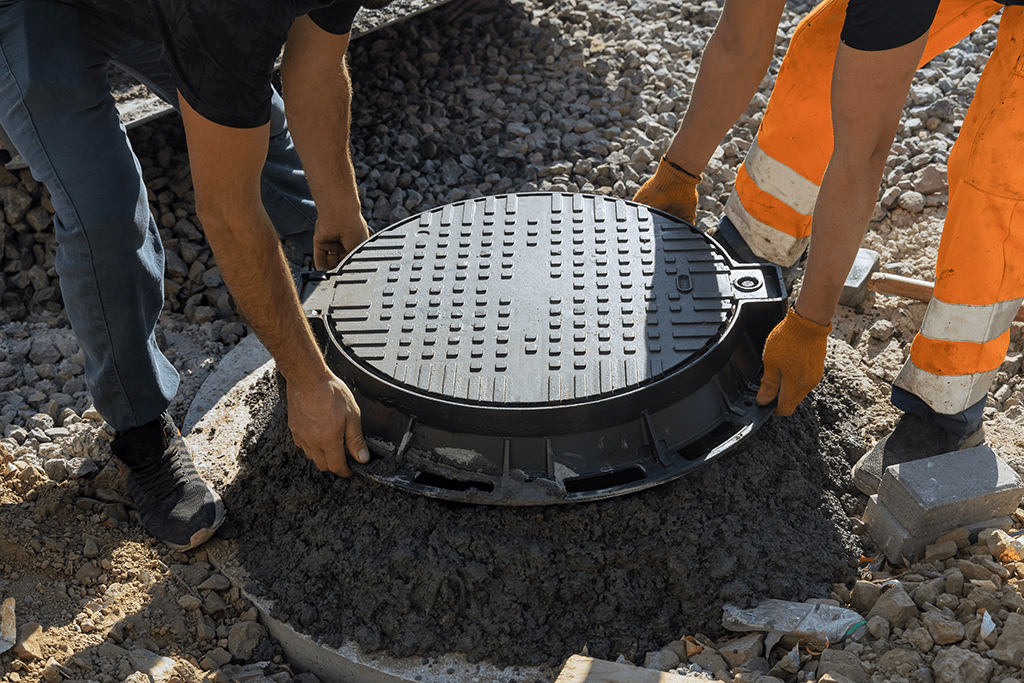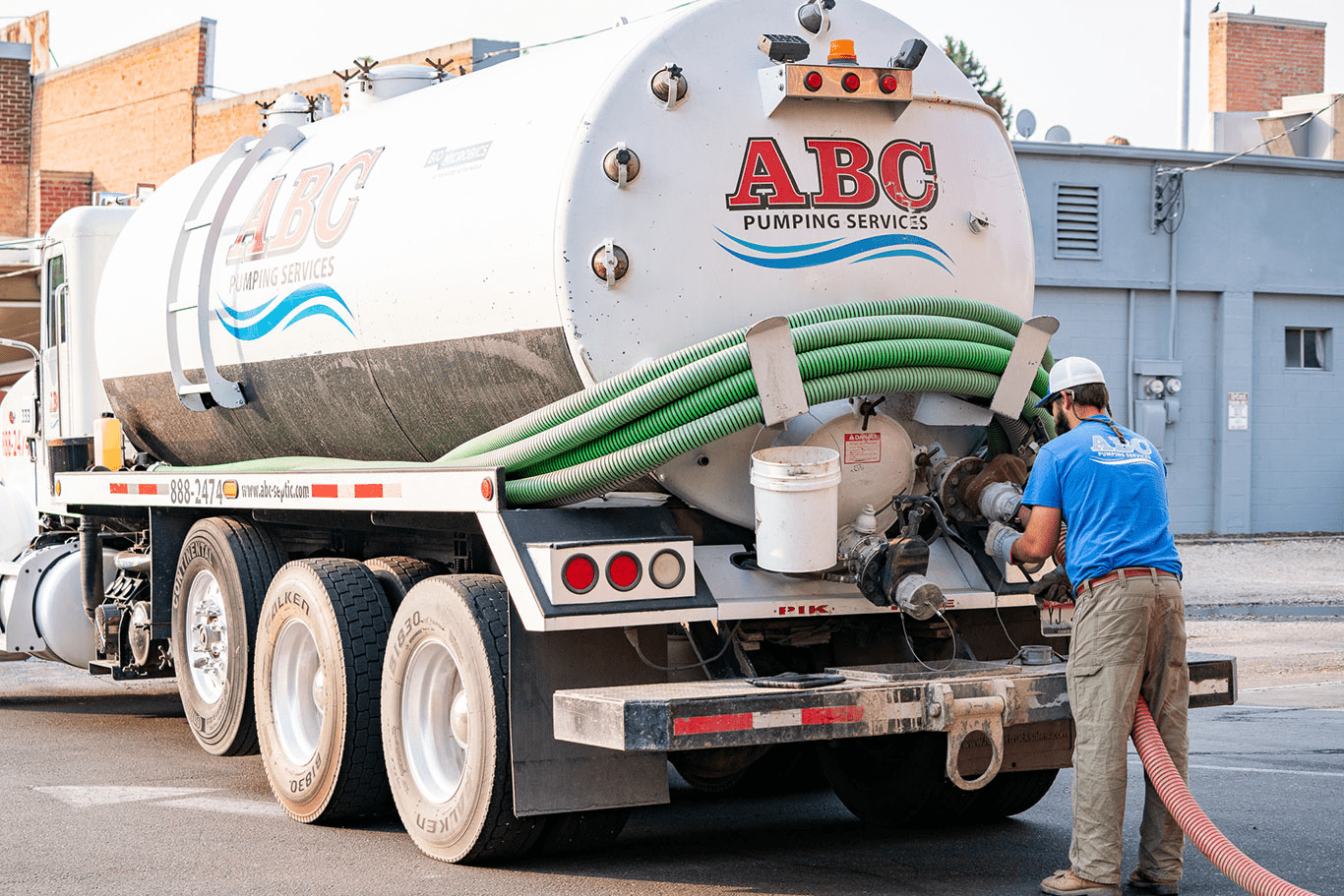Are you a homeowner in Idaho and working on installing or replacing your septic tank? Properly locating your septic tank is important for the functionality of your wastewater system, as well as for easy access when necessary. You may be overwhelmed by all the factors to consider, but not to worry – this blog post will break it down step-by-step and provide you with helpful tips so that you can find the best spot to install your new septic tank.
Septic Tank Systems
Septic tanks are becoming increasingly popular for homes and businesses as well as an effective way to handle waste. Understanding the major components of a septic tank system is important for installing one correctly and ensuring it runs smoothly for many years. A typical residential setup includes a two-chamber tank, drain field, risers, pipes and effluent filters. The first chamber collects soluble matter and separates solids from liquids. The second chamber further removes solids that accumulate in the liquefied form. The drain field disperses liquid or sewage into the soil evenly when it’s expelled from the septic tank. Risers can be installed so the lid of the septic tank is accessible above ground, allowing easy inspection and maintenance without patching or digging up turf. By understanding these components properly, installing a septic tank system using trusted professionals can help you to safeguard your water sources while providing wastewater treatment right on your property.
Local Regulations
Installing a septic tank can provide important environmental benefits, as it is a sustainable solution for managing wastewater or greywater. However, installing a septic tank requires special know-how and should only be done under the guidance of a professional or with relevant experience. The most important step to take before installing a septic tank is to check with your local regulations and codes to make sure it meets all requirements. Not only will this ensure that you are installing the septic tank safely and correctly, but it can also save you time and money in the long run. It’s best to be informed and keep yourself up to date with relevant codes when installing any kind of system in your home or yard.
Available Space
When installing a septic tank, it is essential to take into account the amount of space that your location can provide. The size of the property and any existing features will determine whether installing a septic tank is feasible as well as deciding where exactly to place it. Having too little room in your chosen spot may require you to select an alternative area or a smaller solution for installing the septic tank, so being aware of what is available and making use of it efficiently will help make this decision easier. With careful planning and attention to the available space it will be possible to install a safe, efficient septic system.
Access for Maintenance and Repairs
It is important to choose a spot that is easily accessible for maintenance and repairs when installing a septic tank. This may include flat ground so the installing professional can access different sides and angles of the tank. It’s also important to look out for any trees or other potential obstacles that could be in the way and cause difficulty during future service work. The spot should also be far enough away from any sensitive areas such as waterways while still meeting any local codes or regulations. By keeping all of these factors in mind when choosing a spot, installing professionals can save time by having easy access to their septic tanks during future maintenance or repairs.
How Deep Does it Go
For installing septic tanks, it’s important to make sure you know exactly how to prepare the necessary area and where the fill dirt should be deposited. Having a professional assess the situation before beginning can be helpful in avoiding any problems in the future. You need to ensure that when digging, you dig deep enough for the septic system components. Mastering this element of installing a septic tank is essential for having an effective drainage system that runs smoothly moving forward. Make sure you evaluate where the fill dirt should go so as not to cause any damage or deterioration of your landscaping work. This is one more step that can help guarantee a successful outcome when installing septic tanks.
Finding an Experienced Professional
Installing a septic tank is no small task. Depending on the size and complexity of your home’s plumbing system, it can require making large excavations and installing drainage pipes throughout your property – all of which must be done with precision to ensure proper and compliant performance from your septic tank. This can often be an overwhelming job for the average person, so if you’re installing a new tank or replacing an existing one, it’s best to enlist help from an experienced professional. With their expertise, you can rest assured that your septic tank will be installed correctly with adherence to all relevant safety standards, ensuring efficient operation for the long term.
Investing in a septic tank system is no small undertaking, and there can be a lot of details to consider when planning the installation. It’s important to understand the components, find out local regulations, focus on space requirements, pinpoint an accessible location for maintenance and repairs, measure for required digging depth and where to put the fill dirt. Above all else, you should contact an expert to help with the process of installing it. Taking these extra precautions will ensure that your septic tank functions properly and without any issues. With all this in mind, it’s clear that installing a septic tank is no easy feat: however with the right guidance, it can provide reliable service for many years to come. So don’t wait another day—if you need a septic tank installed call ABC Pumping today!







